Top Challenges and Solutions for AODD Pumps with High Viscosity Fluids
High viscosity fluid handling poses several obstacles, in different sectors ranging from petroleum to food production. Grasping the characteristics of these liquids and choosing the correct high viscosity pump is essential for operations. AODD pumps are devices utilized in industries due to their capacity to manage a diverse array of fluids including those with high viscosity. However, the viscosity of fluids can significantly impact the performance and efficiency of these pumps, leading to various operational challenges. Understanding these challenges and implementing effective solutions is crucial for maximizing the effectiveness of air operated pumps in handling high viscosity fluids. Challenges Faced by Air-Operated Pumps with High Viscosity Fluids 1. Reduced Flow Rates High viscosity fluids tend to resist flow more than low viscosity fluids. This resistance can result in reduced flow rates through the pump system. Air-operated pumps, which rely on compressed air to move diaphragms and transfer fluids, may experience slower flow rates when handling viscous fluids. This can lead to decreased efficiency and longer processing times, impacting overall productivity. 2. Increased Friction and Wear Viscous fluids can cause higher friction within the pump components, leading to increased wear and tear over time. This friction can affect the diaphragms, valve seats, and other moving parts of the pump, potentially reducing the lifespan of these components. Increased wear also necessitates more frequent maintenance and replacement, adding to operational costs. 3. Difficulty in Priming and Self-Priming Capability Air-operated pumps rely on fluid flow to maintain priming and self-priming capabilities. With high viscosity fluids, the pump may struggle to prime initially or maintain prime during operation. This difficulty in priming can lead to inefficient startup processes and interruptions in fluid transfer operations. 4. Cavitation Risks High viscosity fluids can increase the risk of cavitation within the pump. Cavitation occurs when low pressure at the pump inlet causes vapor bubbles to form and collapse within the fluid, leading to damage to pump components and reduced efficiency. Managing cavitation risks becomes crucial when operating air [...]

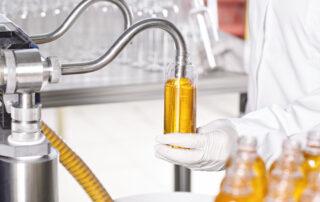
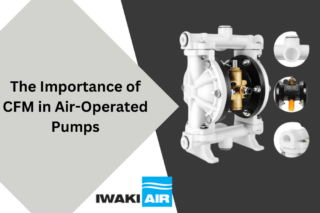
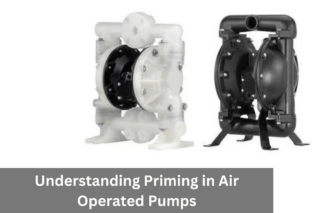
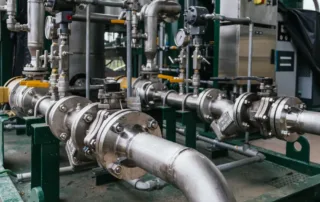
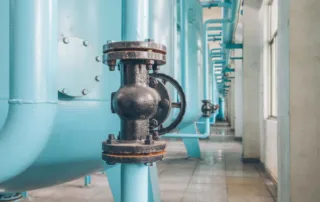
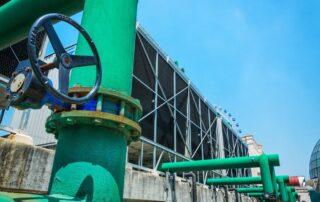
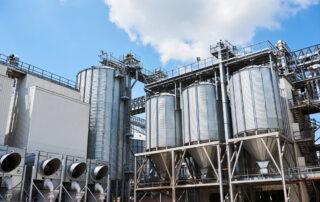
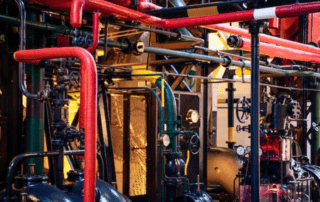
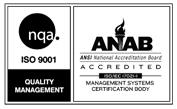
Get Social